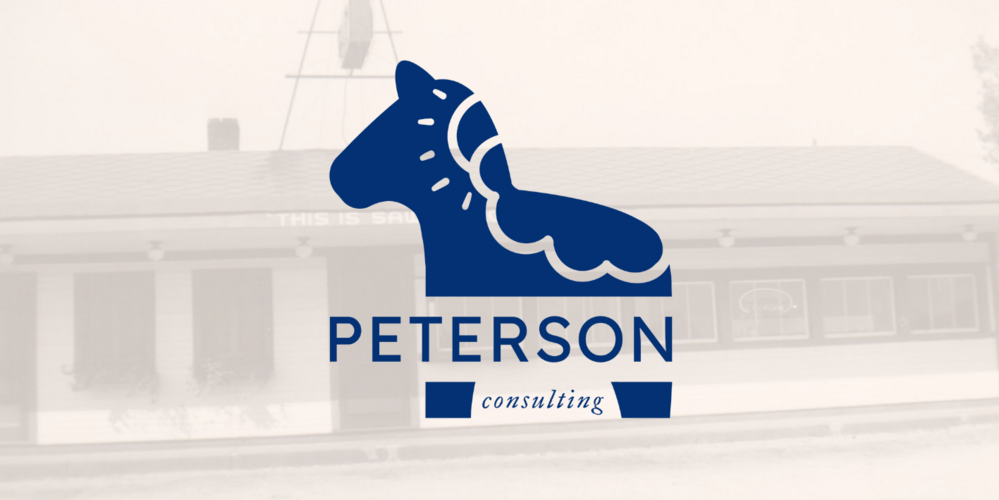Blog
Building Resilience
Memory & Memoir Resources
Memory is self-reflective and constantly evolving. The more we collectively learn about it, the less we collectively solely rely on it to make decisions (i.e., court decisions). Below are links to resources about the topic of memory and memoirs that I find helpful to reference during various moments with clients.
Memory 101
How Elizabeth Loftus Changed the Meaning of Memory The New Yorker (long-form article)
Memory and Forgetting Radiolab (podcast episode)
Are Your Memories Real? Hidden Brain (podc…
How to Stop Doomscrolling & Create Digital Rest Stops in Your Workday
Signs of trauma are never far away.
For most of us, the phones sitting in our pockets represent a deep portal of doom on those particularly dark days of current events.
Rather than beat ourselves up for wasting precious time scrolling through the doom, remember that doomscrolling is our brain's way of keeping a look out for danger when we know danger is present or probable (i.e. 2020 election, school shootings, the news). For those of us who've experienced trauma, that sense of doom around the…
STAI: State-Trait Anxiety Inventory for Adults
The inventory is 40 multiple-choice questions. Each question can be answered with: almost never, sometimes, often, or almost always. T…
Business & Trauma Resilience: Lessons from My Great Grandmother, Signe
ProQOL Assessment: Professional Quality of Life
"It is intended for any helper - health care professionals, social service workers, teachers, attorneys, emergency response, etc. Understanding the positive and negative aspects of helping those who experience trauma and suffering can improve your ability to help them and your abil…
MAIA: Multidimensional Assessment of Interoceptive Awareness
The MAIA assessment is one of many ways to track the progress of trauma resilience-building skills.
This questionnaire was funded by the National Institute of Health (NCCAM/NCCIH) and is available in the public domain. (Hooray for freely sharing healthcare & science!) A go…
BDI-II: Beck Depression Inventory
Categories
- This is Your Brain (5)
- Trauma + Business (8)
- Religious Trauma (5)
- Trauma 101 (5)
- FAQs (9)
- Social Entrepreneurship (6)
- Economics & Sustainability (9)
- Feminism & Patriarchy (4)
- Deconstructing Capitalism (8)
- Emily Ann Says (11)
- Assessments (7)
- Self-Regulation Tools (7)
- Building Resilience (7)
- Helpers & Healers (4)
- Dear Congress (1)








